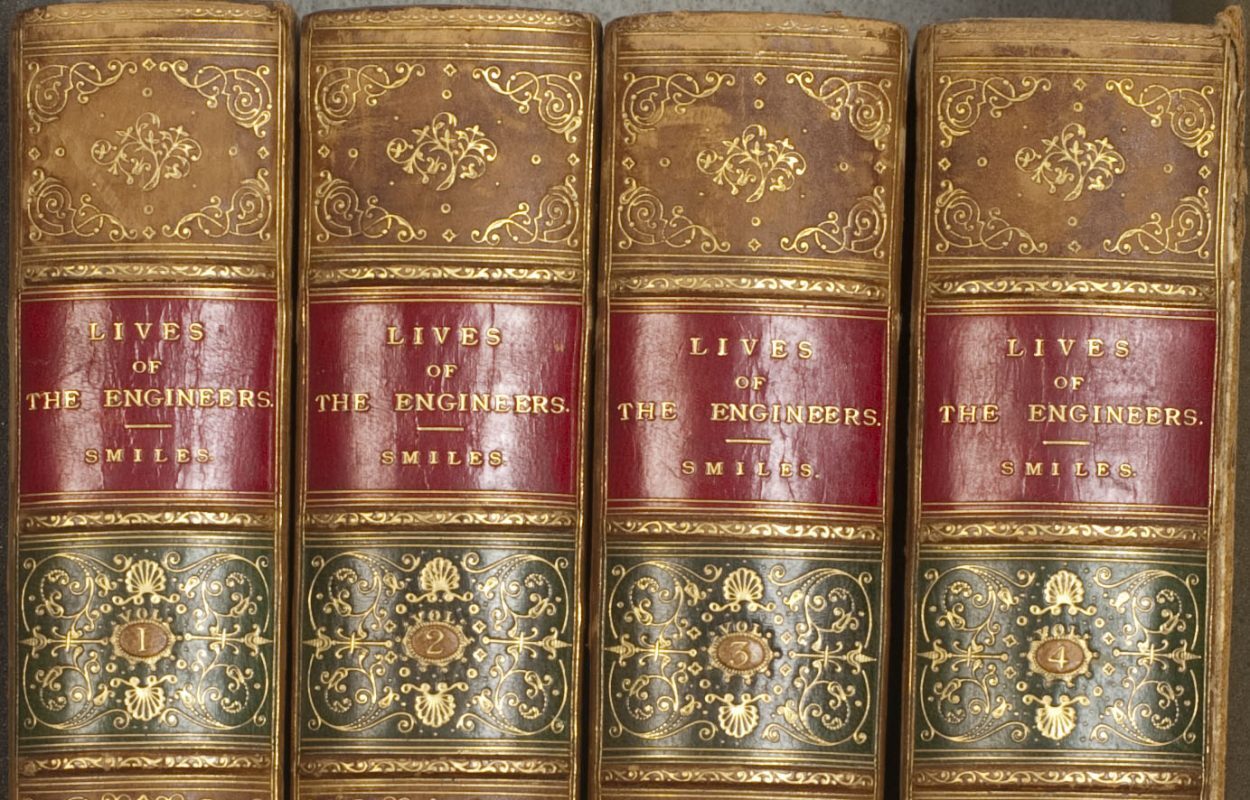Year 21 – 1881: History of Woman Suffrage edited by Elizabeth Cady Stanton, Susan B. Anthony, and Matilda Joslyn Gage
Published: New York, 1881-1882 2 volumes If this publication didn’t exist, the women who edited it – Elizabeth Cady Stanton, Susan B. Anthony, and Matilda Joslyn Gage – would still be famous historical figures. All three were important 19th century champions of women’s rights, particularly the right to vote. But each was also a unique individual; in fact they were very different from one another in important ways. This landmark work serves as a moving testament to what intelligent, courageous, and committed individuals can accomplish when they join together despite differences, disenfranchisement, and a society’s determination to disempower them. History […]
